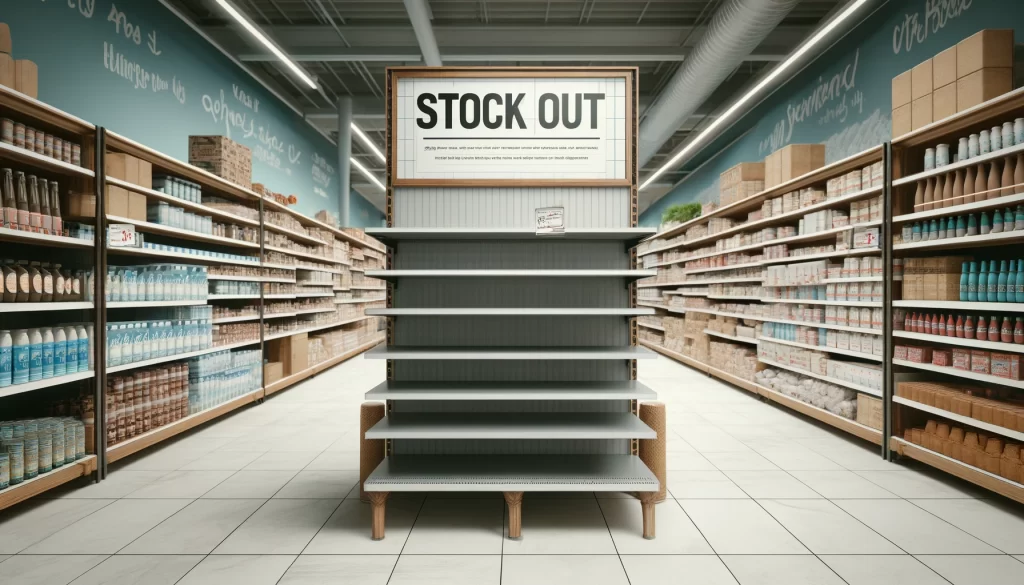The retail landscape is facing a costly challenge, with a new report indicating that in-store inefficiencies are leading to notable revenue losses. The study, conducted by Simbe and Coresight Research, surveyed 150 U.S. retail decision-makers to pinpoint critical operational pain points and the technological solutions being adopted to mitigate them.
Turning to AI for Solutions
A striking 70% of respondents reported a loss of at least 4.5% in revenue due to issues such as out-of-stocks, ineffective price and promotion execution, non-compliance with planograms, and suboptimal allocations and assortment planning. In response, retailers are increasingly investing in AI, data analytics, and automation to streamline operations and reduce these inefficiencies.
Deborah Weinswig, CEO and founder of Coresight, emphasized the urgency for retailers to evolve, stating, “Modern retail has simply become too dynamic for status quo tools, and retailers who fail to adapt are experiencing the financial ramifications.” She noted that as retail technology advances, more industry leaders are investing in AI and data-driven solutions that enhance efficiency and transparency in stores.
Investment Surge in In-Store Intelligence
The survey revealed that 58% of retailers are planning to invest significantly, ranging from six to nine figures, in enhancing their in-store intelligence capabilities. More than half of the participants expressed a strong interest in intelligence platforms capable of automating inventory tracking, optimizing promotions and pricing strategies, and providing advanced data analytics.
The respondents represented a diverse cross-section of the retail industry, including drugstores, grocery chains, mass merchandisers, and warehouse clubs/wholesalers, indicating a broad-based move towards AI-driven retail solutions.




